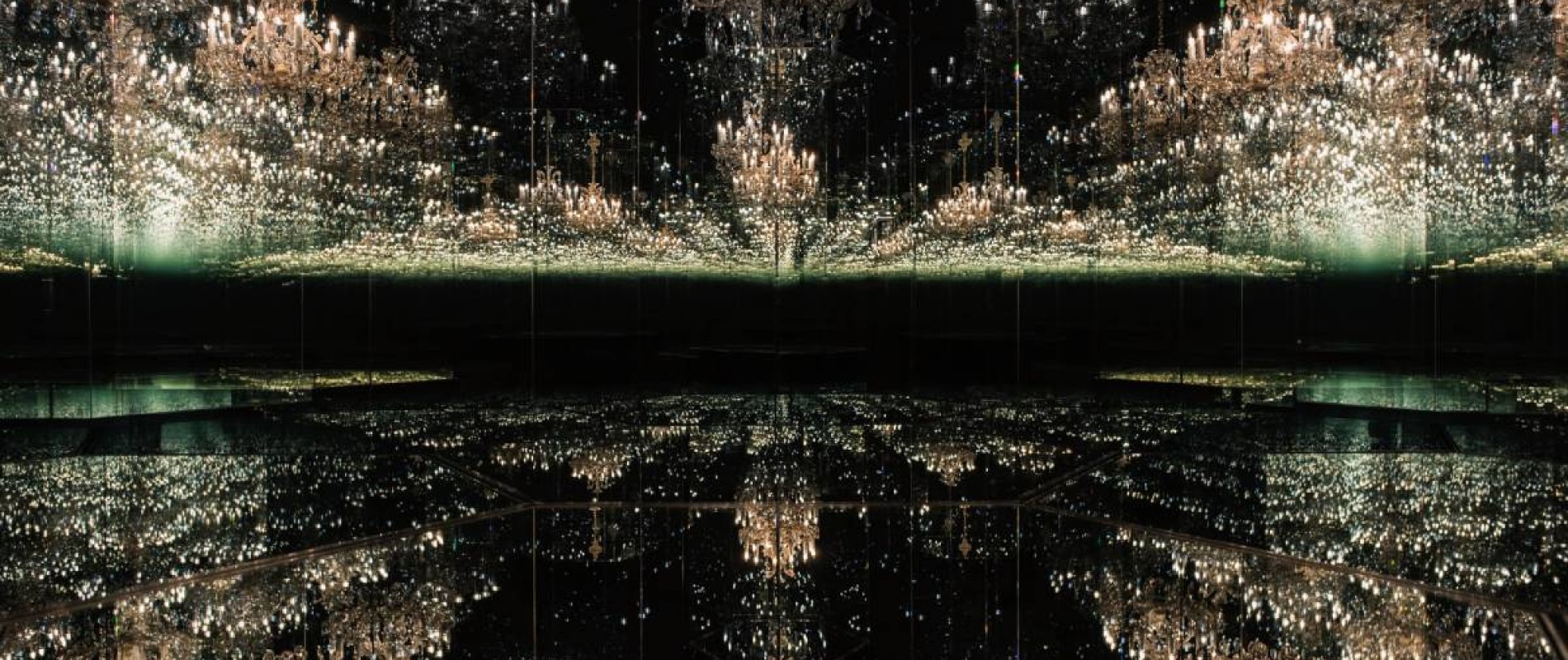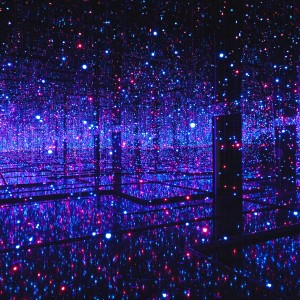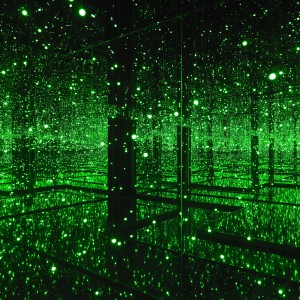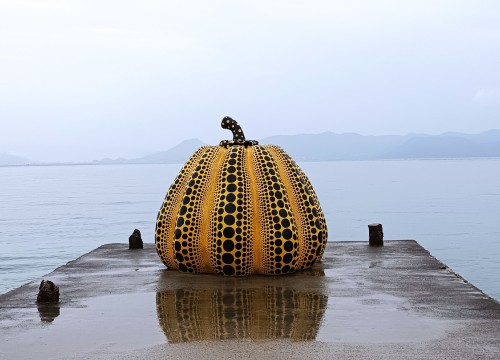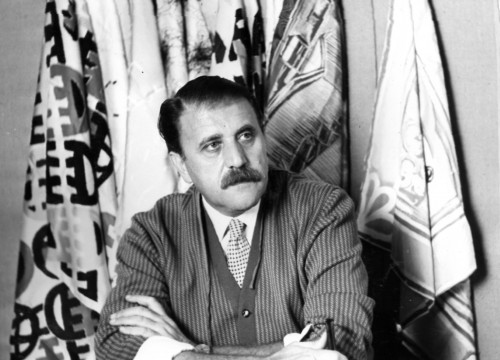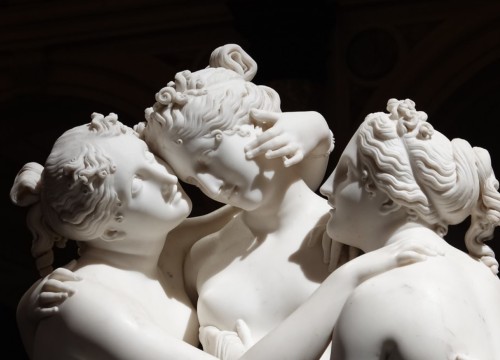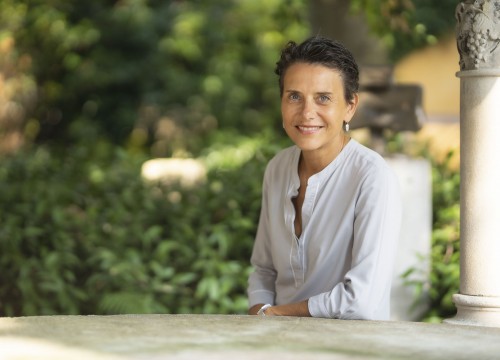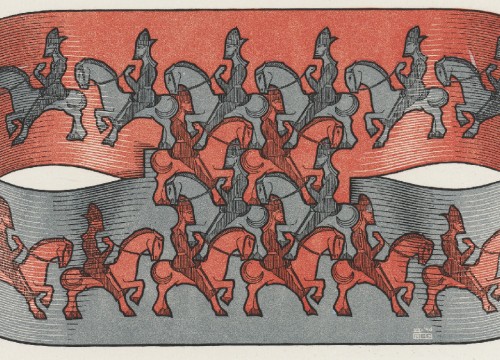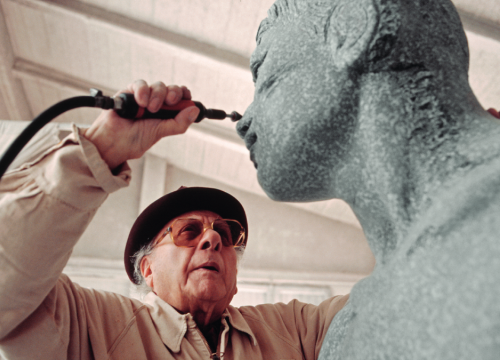London • Yayoi Kusama at the Tate Modern
Extended until June 2023 the exhibition of Infinity Mirrored Room and Chandelier of Grief
She came from Matsumoto to New York in 1958 to free herself from the limits imposed by a conservative upbringing that did not approve ofhercreativevocation. Yayoi Kusama immediately found herself facing new challenges, struggling to emerge in a field that is highly distrustful and mostly dominated by white males . She devoted herself to painting, performance art, body painting and writing, gaining the attention of Warhol, Judd, Oldenburg and Cornell before being considered as one of the most revolutionary figures of the 1960s. Her participation in the Biennale of Venice of 1966 is well remembered where she appeared without any official invitation and covered with 1500 mirrored spheres the garden in front of the Italian pavillion. Meanwhile, every aspect of her journey is documented by photographers of her generation and reveals an interest in self-representation that is a precursor of contemporary times that are dominated by hyper-exposure. A long period of oblivion before the professional renaissance turns the spotlight off her imagery made of polka dots, spotted pumpkins, food, phalluses, tentacles, flowers and nets in which she pours and exorcises the visions and obsessions that have accompanied her since childhood. Since 1975 she has been living in Japan, in the psychiatric hospital of Seiwa, from which she goes to the studio every day to paint and reproduce powerful and boundless mental spaces, like those on show at the Tate Modern.
HER IMAGERY IS MADE UP OF POLKA DOTS, SPOTTED PUMPKINS,
FOOD, PHALLUSES, TENTACLES, FLOWERS AND NETS IN WHICH SHE EXORCISES CHILDHOOD OBSESSIONS
Two installations can be seen until the 11th of June 2023 following the success of the exhibition that led the organisers to extend its duration. The first one, Infinity Mirrored Room - Filled with the Brilliance of Life, was created especially for the 2012 retrospective. In the dark room the walkway, walls and ceiling are covered by mirrors and the floor by a shallow pool of water. Hundreds of small LEDs flash from the ceiling creating ever-changing colour configurations. The visitor finds himself to experience an apparent infinite space thanks to the repeated reflections. The second work, Chandelier of Grief from 2016, is a white hexagonal room, almost 4 metres high and entirely mirrored, in which the only source of light is a chandelier of Swarovski crystals attached to a rotating mechanism. The effect is destabilising, disorienting and pulsating. For Kusama the role of the spectator is fundamental, he intervenes in the form of the work by moving and multiplying with it and contributes to the cancellation of the boundaries between subject and object, and the human body and environment. Today Yayoi is a symbol of tenacity, ambition and courage and at 97 years old she is one of the most quoted artists in the world.
Yayoi Kusama
Infinity Mirrored Rooms
Londra
Tate Modern
Until the 11/06

